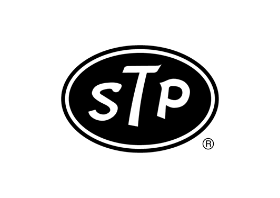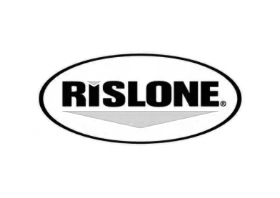Specifications
| Publisher | Taylor & Francis Inc |
| ISBN 13 | 9781439869758 |
| ISBN 10 | 1439869758 |
| Book Description | Light on physics and math, with a heavy focus on practical applications, Optical, Acoustic, Magnetic, and Mechanical Sensor Technologies discusses the developments necessary to realize the growth of truly integrated sensors for use in physical, biological, optical, and chemical sensing, as well as future micro- and nanotechnologies. Used to pick up sound, movement, and optical or magnetic signals, portable and lightweight sensors are perpetually in demand in consumer electronics, biomedical engineering, military applications, and a wide range of other sectors. However, despite extensive existing developments in computing and communications for integrated microsystems, we are only just now seeing real transformational changes in sensors, which are critical to conducting so many advanced, integrated tasks. This book is designed in two sections-Optical and Acoustic Sensors and Magnetic and Mechanical Sensors-that address the latest developments in sensors. The first part covers: Optical and acoustic sensors, particularly those based on polymer optical fibers Potential of integrated optical biosensors and silicon photonics Luminescent thermometry and solar cell analyses Description of research from United States Army Research Laboratory on sensing applications using photoacoustic spectroscopy Advances in the design of underwater acoustic modems The second discusses: Magnetic and mechanical sensors, starting with coverage of magnetic field scanning Some contributors' personal accomplishments in combining MEMS and CMOS technologies for artificial microsystems used to sense airflow, temperature, and humidity MEMS-based micro hot-plate devices Vibration energy harvesting with piezoelectric MEMS Self-powered wireless sensing As sensors inevitably become omnipresent elements in most aspects of everyday life, this book assesses their massive potential in the development of interfacing applications for various areas of product design and sciences-including electronics, photonics, mechanics, chemistry, and biology, to name just a few. |
| Editorial Review | "The theory and operation of intensity and phase-based- and wavelength-based-fibers sensors are nicely reviewed. ... Coverage that may interest our readers includes scanning of magnetic fields, microsystems for sensing airflow, temperature and humidity by combining MEMS and CMOS technologies, MEMS-based hotplate devices for gas sensing applications, vibration energy harvesting methods using piezoelectric based MEMS, and self-powered wireless sensing in ground transport applications. ... Because mathematical details and in-depth theory are not thoroughly reviewed, the presented material is descriptive in nature and includes many illustrations, making this book very accessible to a general technical audience interested in sensing technology." -John J. Shea, IEEE Electrical Insulation Magazine, March/April, Vol. 29, No.2, 2013 |
| About the Author | Krzysztof (Kris) Iniewski manages R&D at Redlen Technologies Inc., a start-up company in Vancouver, British Columbia, Canada. Redlen's revolutionary production process for advanced semiconductor materials is enabling a new generation of more accurate, all-digital, radiation-based imaging solutions. Dr. Iniewski is also president of CMOS Emerging Technologies, which organizes high-tech events covering communications, microsystems, optoelectronics, and sensors. Dr. Iniewski has held numerous faculty and management positions at the University of Toronto, the University of Alberta, SFU, and PMC-Sierra, Inc. He holds 18 international patents, has published more than 100 research papers in international journals and conferences, and has written and edited several books. He is frequently invited as a speaker and has consulted for several organizations around the world. |
| Language | English |
| Editor | Krzysztof Iniewski |
| Publication Date | 40976.0 |
| Number of Pages | 357 |
Optical, Acoustic, Magnetic, And Mechanical Sensor Technologies hardcover english - 40976.0
Added to cart
Cart Total AED 0.00
























































































































